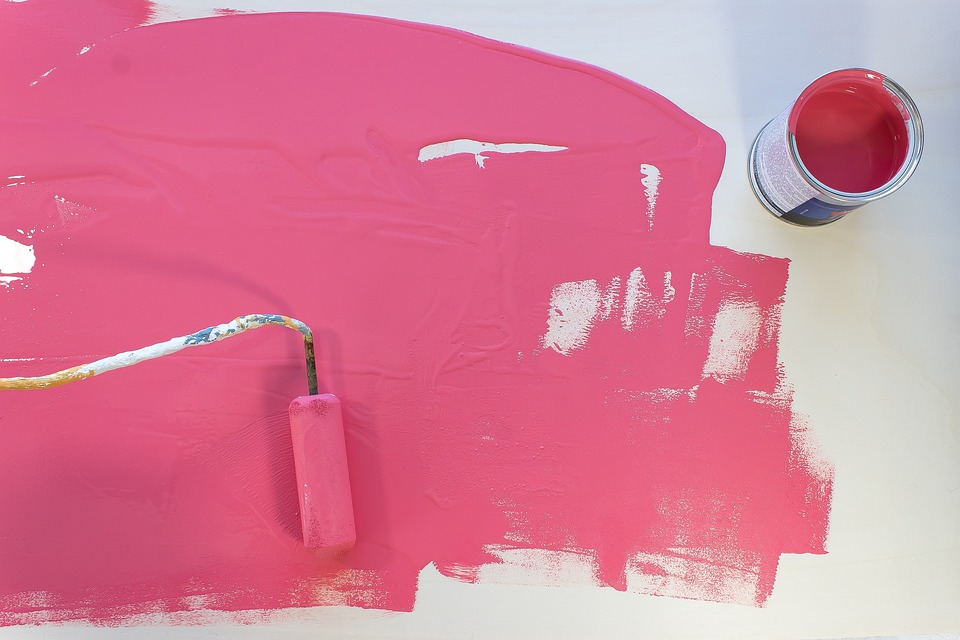There are many reasons to change your floor: breakage, wear, cracks, or simply the desire to renovate. However, you are spoilt for choice when it comes to flooring. Without further ado, here are the best floor coverings recommended for your interior, depending on the quality and preference of the material you choose.
Waxed Concrete
The current big favorite would be waxed concrete. Indeed, it is the most sought after component for those who want to add a modern touch to their horizon. It is durable, resistant to wear and tear, and difficult to scratch even when faced with shocks. Waxed concrete is made with a mixture of concrete and different aggregates such as sand, quartz, and silica, hence its excellent resistance. It adapts to any contemporary style thanks to its bright color palettes. And for cleaning, a brush, water, soap, or cleaning product should do the trick.
Thanks to the presence of quartz, the house’s temperature will be milder. But its price varies between 80 and 95 € / m², which is understandable given the benefits that this coating provides. Yes, beautifying your interior requires a little more investment on your part.
Tiles
For a vintage look, tiles are the right choice for your floor. Tiles have the advantage over other floor coverings thanks to the varied texture of their composition, i.e., they can be made of ceramic, terracotta, earthenware, sandstone, marble, or even cement. Not to mention that it goes everywhere with its wide range of colors. It is easy to maintain, and dirt does not stick to it during cleaning. It remains solid over time and resists scratches, marks, and stains. It is very economical for long durability as it varies between 20 to 80 €/m². Basically, it is the perfect floor for the bathroom or kitchen.
However, its only drawback is that it is fragile: a strong enough shock could break it into a thousand pieces.
Plant Fiber
Plant fiber will do the trick perfectly if you like the softness that doormats or carpets bring to your feet! The materials used for its constitution are rather exotic such as Coco, Bamboo, or Sea rush, thus giving you the feeling of connecting to nature.
– For green or brown color, the Coco, also called the “coir” or the “bourre” is the coating used. Derived from the fruit of the tropical palm Cocos Nucifera, this fiber is antibacterial and rot-proof (can’t rot). Apart from the fact that it is a bit rough to the touch and cannot be installed in humid rooms, it resists stains and does not retain dust, all for a meager price of 7 to 30€ per m².
– Bamboo: very popular in the Far East, it reminds you of the ancient traditions of the Land of the Rising Sun. Very ecological and with a medieval charm, this fiber is very absorbent. Also antibacterial, it is soft, solid, and light at the same time. Unlike Coco fiber, it is incredibly soft to the touch and more expensive: between 40 to 140 € for a square meter (m²).
– For a more natural, authentic, and cheap floor ranging from 7 to 20 € / m², the Sea Rush is the ideal component for your plant fiber. It is very ecological, healthy, and does not present any risk for fragile health (asthma, allergy, lung diseases, etc.). It is resistant and does not wear out. It is also easy to maintain and brings a feeling of well-being to the touch.
The Parquet Floor
Parquet is mainly used for a modern and warm house. Once installed, this flooring exploits the natural elegance of your home. It also has a wide range of colors that can be adapted to any style. Also, since parquet is made of natural material (mainly wood), it is a good insulator and acoustic, that is to say, it can keep heat and sound in a room at the same time. It has a long lifespan but can also be renovated or sanded simultaneously. Not only does it resist wear and tear, but it also adds value to your home.

Despite the advantages it brings, its price is high (2 € to 150 € per square meter), its installation takes more time, and requires the know-how of professionals. It must be maintained daily, delicate, and does not support humidity. Nevertheless, it remains among the best coverings applied at home.



Pingback: Which Floor Covering For Which Room? | MyHome